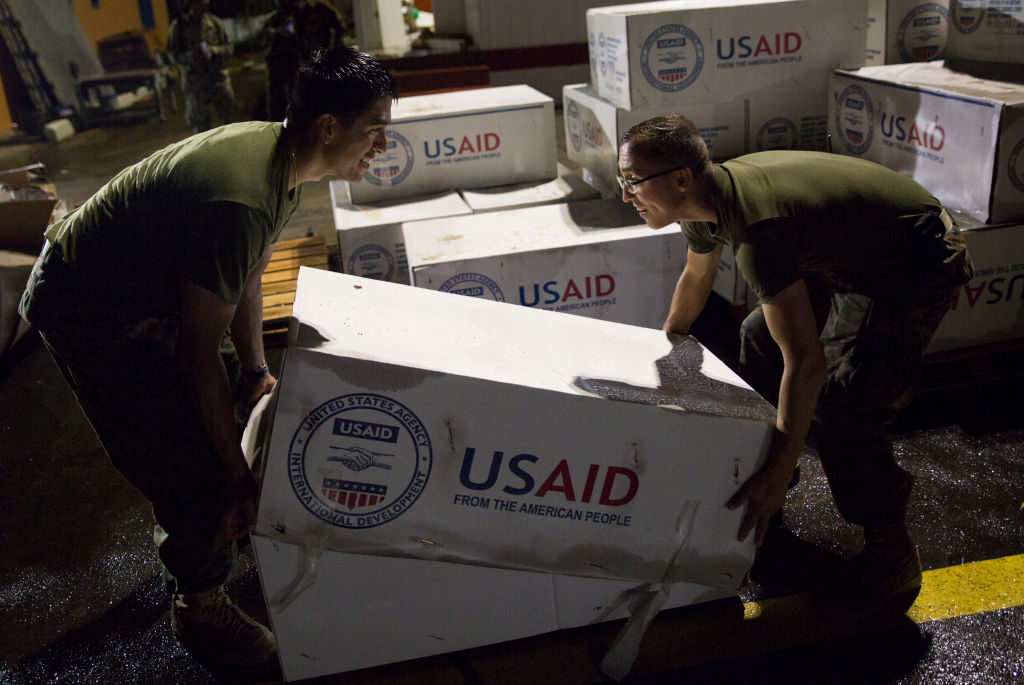Scientists reveal the toughest material on Earth
It is commonly believed that diamond is the strongest material on Earth, but there are a few much tougher materials out there. The new definitive is relatively simple: a chromium, cobalt, and nickel alloy.
The toughness of this creation was qualified as "outstanding" by the team who published its design in the journal Science. Academics from various universities, including the Universities of California and Bristol (UK), proved it resisted significant damage without fractures.
When making a new structural material (with the capacity to build things, like metal), it is essential to measure three properties: strength, ductility, and toughness. It has strength when it is difficult to deform, ductility when malleable, and toughness when it resists fractures.
Fracture resistance comes from a good combination of malleability and strength. Scientists put pressure on the material at low temperatures to test these features. That led the team to an outstanding discovery: the alloy gets tougher in cold temperatures, preventing crack formation and propagation.
"Typically, it's a compromise between these properties. But this material is both, and instead of becoming brittle at low temperatures, it gets tougher," Metallurgist Easo George, from the Oak Ridge National Laboratory and the University of Tennessee, told Science Alert. He participated in the investigation.
The mechanism behind the resistance of this material has to do with its ability to "unleash" different reactions at the nanoscale that allow it to keep resisting the shift in temperatures. The team of scientists that tested it pushed it to 20 Kelvin, or -424°F.
All of these reactions were known, but they never happened are a sequence like this. "As you are pulling it, the first mechanism starts, and then the second one starts, and then the third one starts, and then the fourth," Robert Richie of the University of California, Berkeley, told Science Alert.
All of this is important because materials that do not crack in very low temperatures are challenging to find. However, they are essential in fields like space exploration, where they are used to build resistant and safe rockets.
According to The Planetary Society, a spacecraft can experience temperatures from brazing heat to frigid cold. "The sudden, repeated heat variations can cause spacecraft materials to unevenly expand and contract, potentially leading to fractures over time."
Space exploration is a very specific use. Still, most of the inventions related to this field have later translated into daily applications. One example is Mylar, a heat-reflecting material that NASA created to protect spacecraft from the sun and is now used by residential and commercial contractors as insulation.
Space exploration is only an example of the potential applications of this alloy. According to the researchers, the next step will be investigating other possible uses and finding others with similar properties.
More for you
Top Stories
























